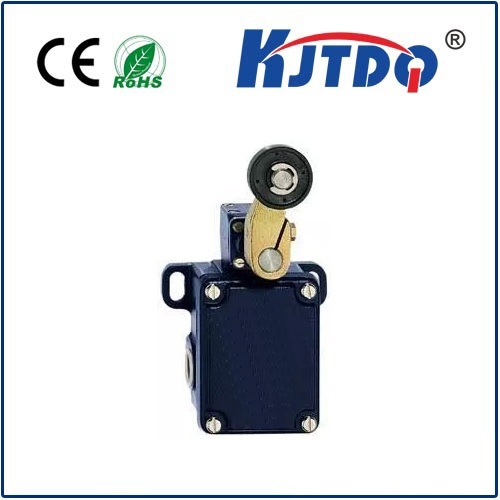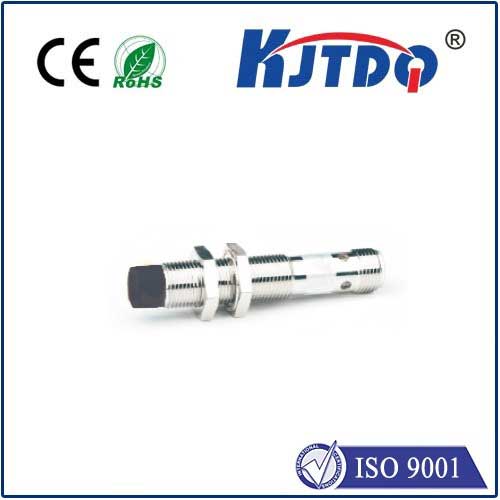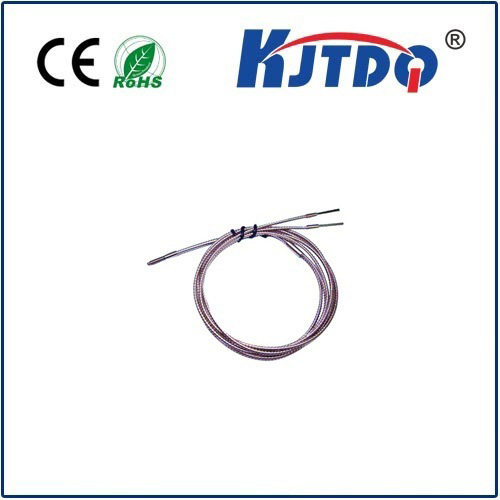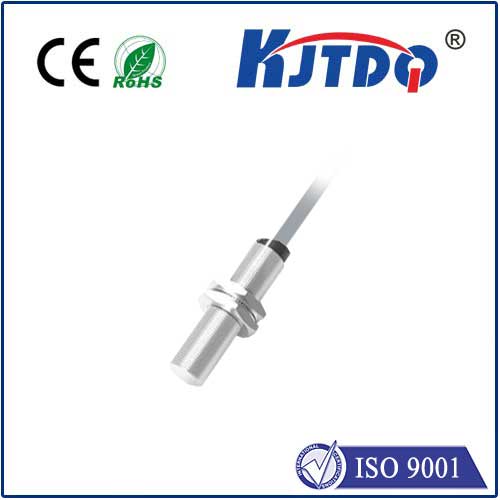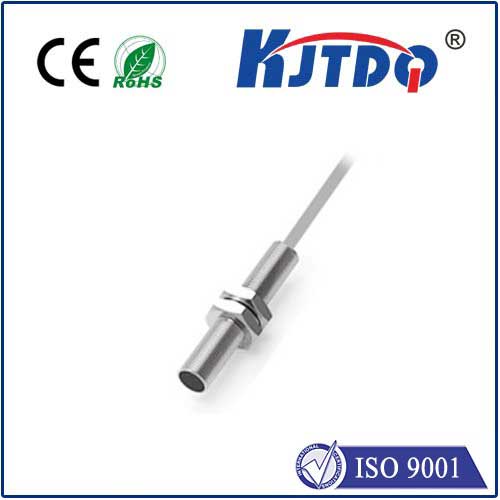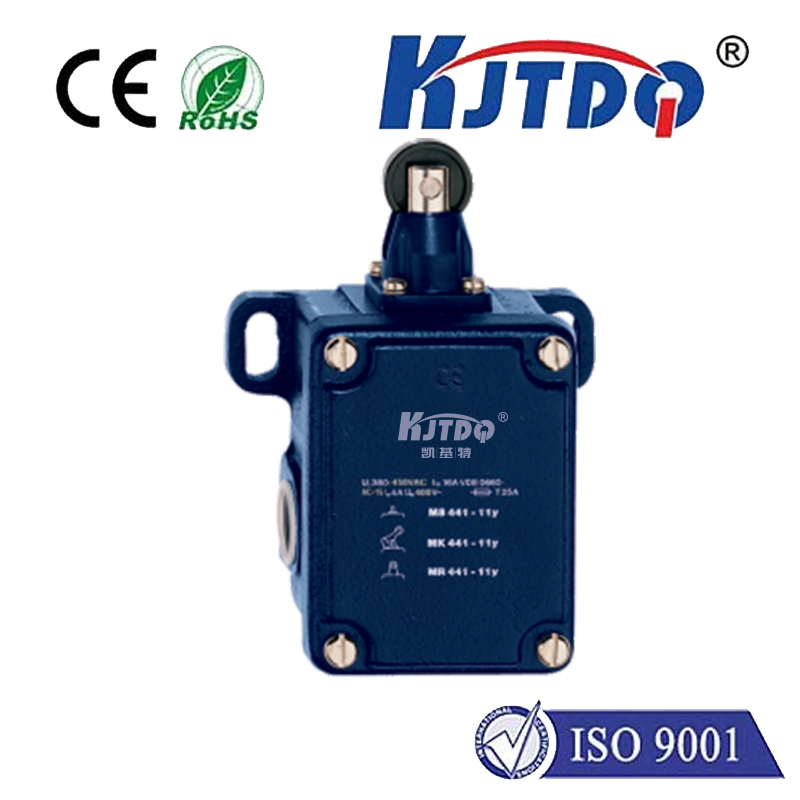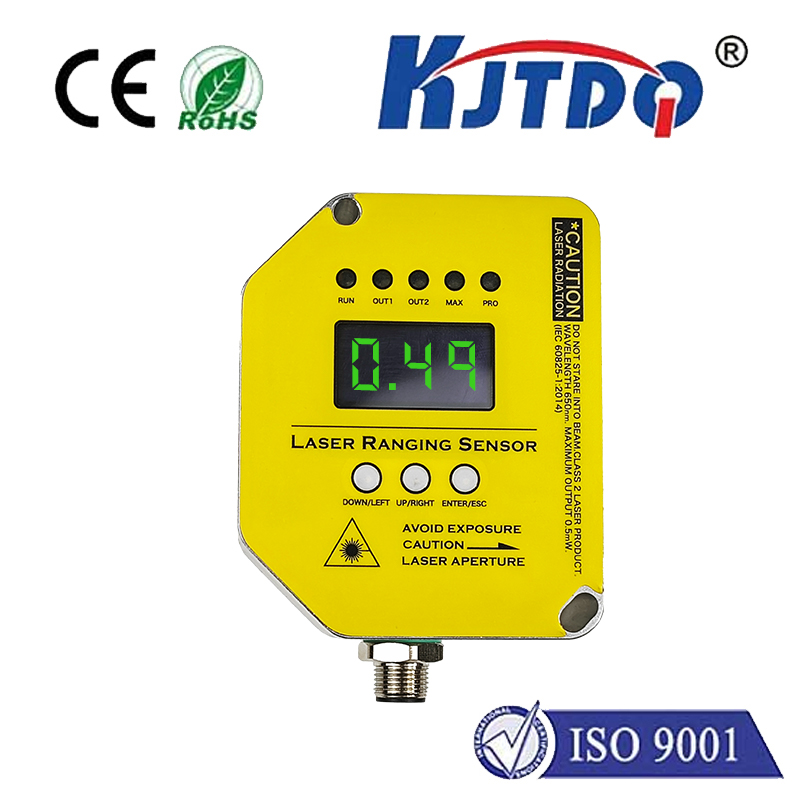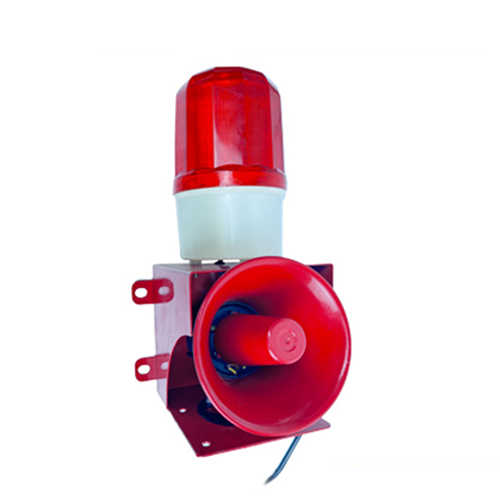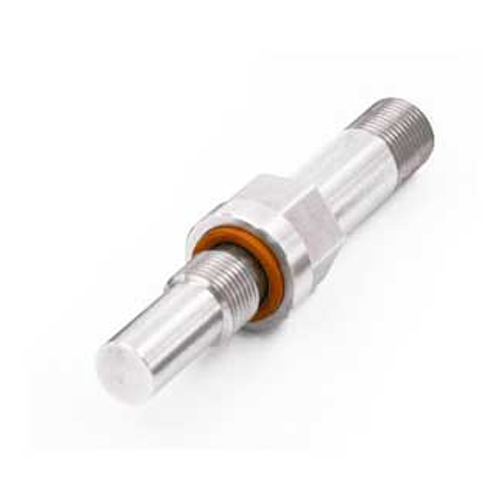proximity sensor pnp nc
- time:2025-06-23 17:51:58
- Нажмите:0
Unlocking the Power of PNP NC Proximity Sensors: Your Essential Guide to Robust Industrial Detection
In the bustling environment of an automotive assembly plant, a robotic arm smoothly places components onto a chassis. Its precision, speed, and safety hinge on tiny electronic sentinels witnessing every move: proximity sensors. Among them, the PNP NC (Normally Closed) configuration stands out as a workhorse of reliability, especially favored for its inherent fail-safe operation. Understanding this specific sensor type – Proximity Sensor PNP NC – is crucial for engineers and technicians designing robust control systems where safety and dependable signaling are non-negotiable.
So, what exactly defines a PNP NC proximity sensor? It combines two fundamental characteristics:
- Output Type (PNP): This refers to the transistor switch inside the sensor that controls the output signal.
- PNP (Positive-Negative-Positive) sensors act like “positive switching” devices. When the sensor is active (detecting a target), it connects its output signal line to the positive supply voltage (V+). Essentially, the sensor sources current to the load (like a PLC input, relay, or indicator).
- This contrasts with an НС output, which instead acts like a “negative switching” device, connecting the output to negative/gnd (0V) when active, thereby sinking current.
- Electrical State (NC - Normally Closed): This describes the resting state of the sensor’s output circuit when no target is present within its detection range.
- NC (Normally Closed) means that when the sensor is idle (not detecting), the internal switch is CLOSED. In simpler terms, the output circuit is complete in its de-energized state. For a PNP NC sensor, this means the output signal line is actively connected to V+ when no target is detected.
- When a target does enter the detection field, the sensor becomes active, and its internal switch OPENS the circuit. The output signal line effectively disconnects from V+.
Putting it together: The PNP NC Logic Flow
- No Target Present: Internal switch Closed. Output = V+ (High/On).
- Target Detected: Internal switch Opens. Output = Disconnected / 0V (Low/Off).
Why Choose a PNP NC Proximity Sensor? Key Advantages

This specific configuration offers compelling advantages in industrial settings:
- Intrinsic Fail-Safe Operation: This is the primary benefit driving its widespread adoption.
- Imagine a critical safety application, like guarding a machine access door. You need the machine to stop immediately if the door opens. A PNP NC sensor monitoring the door latch would, in its normal state (door closed, latch engaged, no target detected), provide a High/On signal (“safety loop closed”). If the door opens (target detected), the output goes Low/Off, triggering the stop command.
- Crucially, if a failure occurs – such as a severed sensor wire or complete loss of sensor power – the circuit breaks. This mimics the active detection state (Low/Off), inherently signaling a fault and triggering the safety shutdown. This fail-safe characteristic is vital where personnel safety or equipment protection from incorrect operation is paramount.
Compatibility with Common PLC Sourcing Input Modules: Many Programmable Logic Controllers (PLCs) utilize sourcing digital input modules. These modules are designed to accept a signal by having current sourced into them (i.e., connected to V+). A ПНП output sensor naturally sources this current when active, making PNP sensors (including NC) the perfect electrical match for these common PLC inputs.
Reduced Susceptibility to Electrical Noise: While environmental factors always matter, PNP circuits sourcing current to the load can sometimes demonstrate slightly better noise immunity in certain complex electrical environments compared to NPN circuits sinking current through long wires susceptible to ground loops. Proper wiring practices remain essential.
Clear Visual Confirmation (Often): Many indicators and control systems are designed such that an “On” light signifies circuit continuity or power presence. A PNP NC sensor’s output being High (On) when no target is present can often align with intuitive status indicators (e.g., a green light showing a guard door is safely closed and latched).
Where Do PNP NC Sensors Shine?
Their fail-safe nature makes them ideal for numerous critical applications:
- Machine Guarding: Monitoring safety gate/door positions, ensuring interlocks are engaged.
- Emergency Stop (E-Stop) Circuits: Verifying E-stop buttons are in their safe (released) position.
- Position Confirmation: Ensuring clamps, fixtures, or slides are in their correct “home” or “safe” position before machine cycles commence.
- End-of-Travel Detection: Confirming cylinders or actuators have fully retracted to their starting position.
- Presence/Absence Verification: Detecting the absence of a part in a critical location where presence is expected for safety or process reasons.
- Conveyor System Monitoring: Ensuring pallets or products are correctly positioned before transfers or processing.
Wiring Essentials: Connecting Your PNP NC Sensor
Correct wiring is critical for functionality and safety. Typically:
- Connect Brown Wire: To Positive DC Supply Voltage (V+, e.g., +24VDC).
- Connect Blue Wire: To Negative/Common/DC 0V (GND).
- Connect Black Wire (Output): To the PLC/Safety Relay Input designed for a sourcing signal. The other side of this input is usually connected to GND.
- NC State (Resting/No Target): Black output wire = V+. PLC input sees High/On.
- Active State (Target Detected): Black output wire = disconnected/open. PLC input sees Low/Off.
- Always consult the specific sensor’s datasheet for its exact wire color codes and specifications.
Understanding PNP NC proximity sensors is fundamental for designing reliable and safe industrial automation. Their unique combination of positive switching logic and normally closed circuitry provides a powerful fail-safe characteristic, making them the preferred choice for countless critical monitoring and safety applications where the consequences of missed detection or unexpected operation are simply too high to risk. Whether ensuring personnel safety at a machine guard or guaranteeing a process sequence starts only when all components are ready, the PNP NC proximity sensor delivers robust, dependable performance, giving engineers confidence in their system’s integrity.

